Home > Article > Backend Development > A brief analysis of .NET Core and a summary of its relationship with .NET Framework
It has been nearly 15 years since Microsoft launched the .NET platform in 2002. In the wave of rapid iteration of the Internet, many languages have been eliminated, and more new languages have emerged. However, .Net still stands firmly as a system development platform. In the first-line camp, and with the upcoming official A brief analysis of .NET Core and a summary of its relationship with .NET Framework of .NET Core (June 27, 2016), a new round of spring is bound to come.
To understand .NET Core, it is necessary to understand the many Frameworks of the previous .NET platform. In 2002, Microsoft released the first .NETFramework——.NET Framework, and soon after released the .NETCompact Framework for use on smaller mobile devices ( Windows mobile), and .NET Compact Framework also contains a system similar to .NET Framework (Runtime, Framework, Application Model), which is a simplified A brief analysis of .NET Core and a summary of its relationship with .NET Framework of .NET Framework. Over the past few years, Microsoft has continuously launched several frameworks similar to the .NET Framework to run on different devices and platforms. Each Framework has a similar system but not exactly the same, so there are more and more Frameworks. For developers, different devices need to maintain multiple sets of codes even if they have the same functions, which increases the complexity of development.
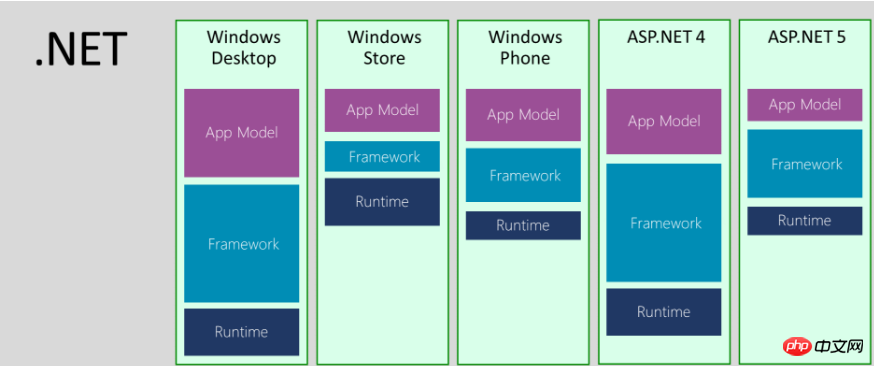
Microsoft’s rethinking and improvement of these issues allowed .NET Core to emerge.
.NET Core is an open source modular Framework. Whether developing web or mobile devices, they all run under the same Framework (.NET Core), and .NET Core can also Runs on different operating systems, including Windows, linux, and MacOS, achieving cross-platform and cross-device functionality.
What’s even better is that .NET Core does not need to install the Framework in advance when publishing a program, but downloads it through Nuget. In this way, during the initial deployment, there is no need to install a complex and huge Framework, but according to Requires download. This Nuget-based on-demand loading makes .NET Core cross-platform.
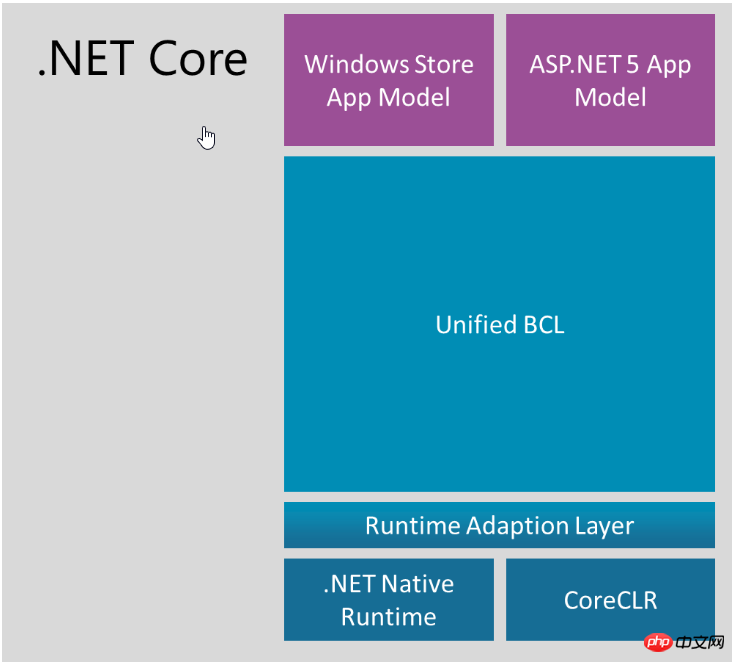
.NET Core composition system is as follows:
There are two types of RunTime implemented in .NET Core, NativeRuntime and CoreCLR. NativeRuntime converts C# or VB.net code directly into native machine code. CoreCLR is an open source JIT runtime that compiles the code into an intermediate language (IL) and then converts it into machine code at final runtime.
Base Classlibrary is the basic class, such as FileSystem, Console, XML operations, etc.
Provides a set of basic libraries for developing various touch screen devices and A brief analysis of .NET Core and a summary of its relationship with .NET Framework programs for Windows systems.
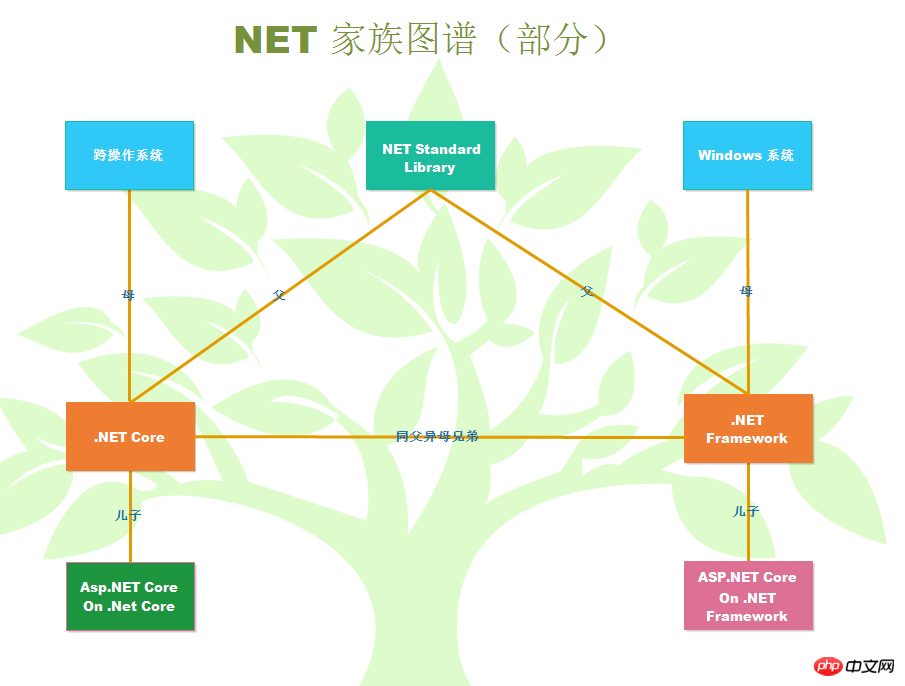
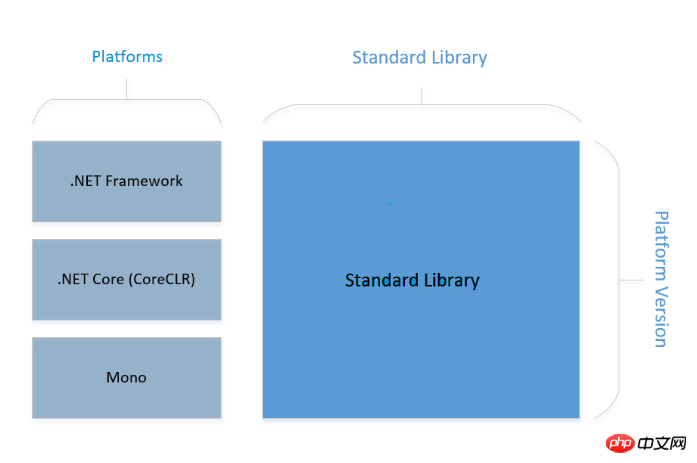
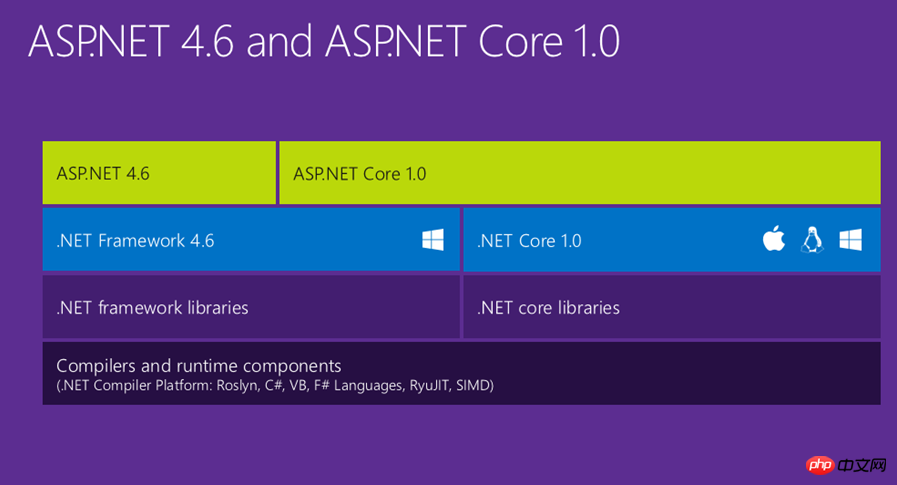
A brief analysis of .NET Core and a summary of its relationship with .NET Framework Core Web Application(.NET Core)
A brief analysis of .NET Core and a summary of its relationship with .NET Framework, which relies on .NET Core, can only call .NET Core’s API and can run on multiple operating systems. (You can see the Reference Manager in the lower half of the picture below, there is no library in the .NET Framework in the assemblies)
A brief analysis of .NET Core and a summary of its relationship with .NET Framework Core Web Application (.NET Framework)
A brief analysis of .NET Core and a summary of its relationship with .NET Framework, which relies on .NET Core & .NET Framework, can call the API of .NET Core & .NET Framework and can only run under Windows. (You can see the Reference Manager in the upper part of the picture below, which contains all the libraries in the .NET Framework in the assemblies)
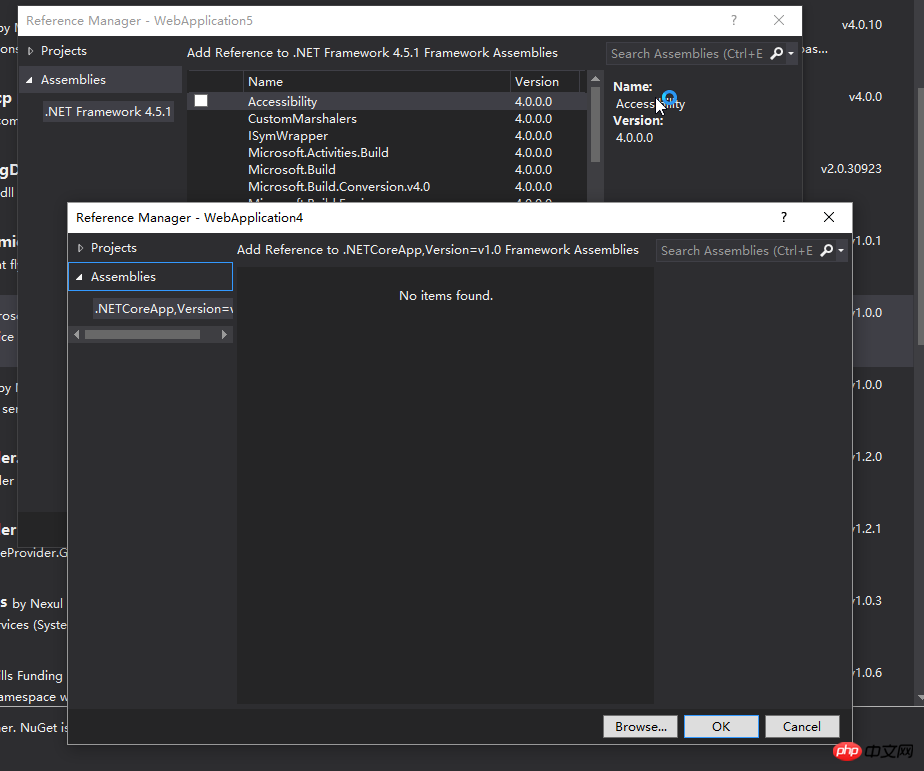
Mono is an implementation of the open source A brief analysis of .NET Core and a summary of its relationship with .NET Framework of the .NET Framework. It is very similar to .NET Core in some features, such as open source and cross-operating systems. At present, .NET CORE will learn from Mono's experience and develop and eventually be able to run better on other operating systems besides Windows. In addition, Mone supports more App Models than .NET Core (such as Windows Forms).
Microsoft CEO Satya Nadella wisely decided to abandon PC-centricity, embrace various devices and platforms, and become a software services company. In order to achieve this vision, a new Microsoft ecological chain must be built, including Windows, Linux, OS X and other operating systems, covering processors such as X86/ARM and different devices (including PCs, Phones, holographic glasses and others). These show Microsoft's "ambition". With the official release of .NET Core taking a solid step forward, let us wait and see on June 27.
The above is the detailed content of A brief analysis of .NET Core and a summary of its relationship with .NET Framework. For more information, please follow other related articles on the PHP Chinese website!